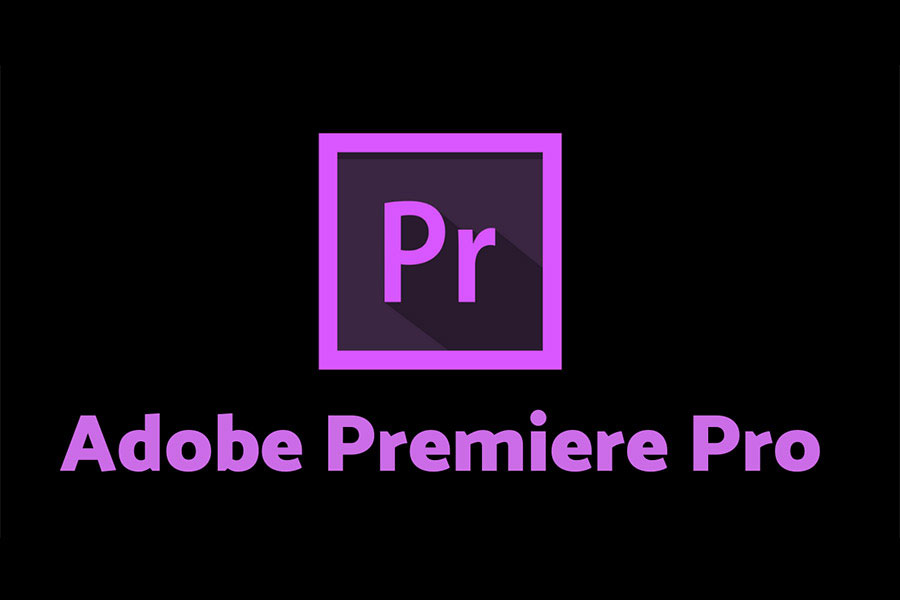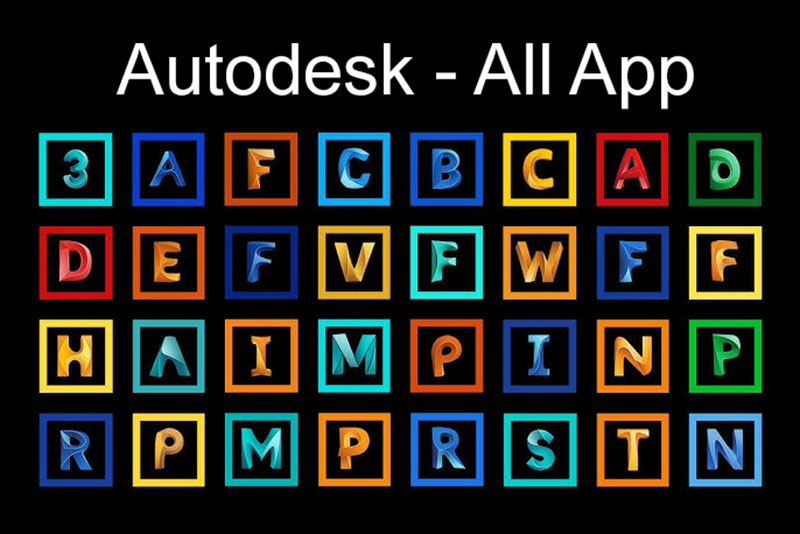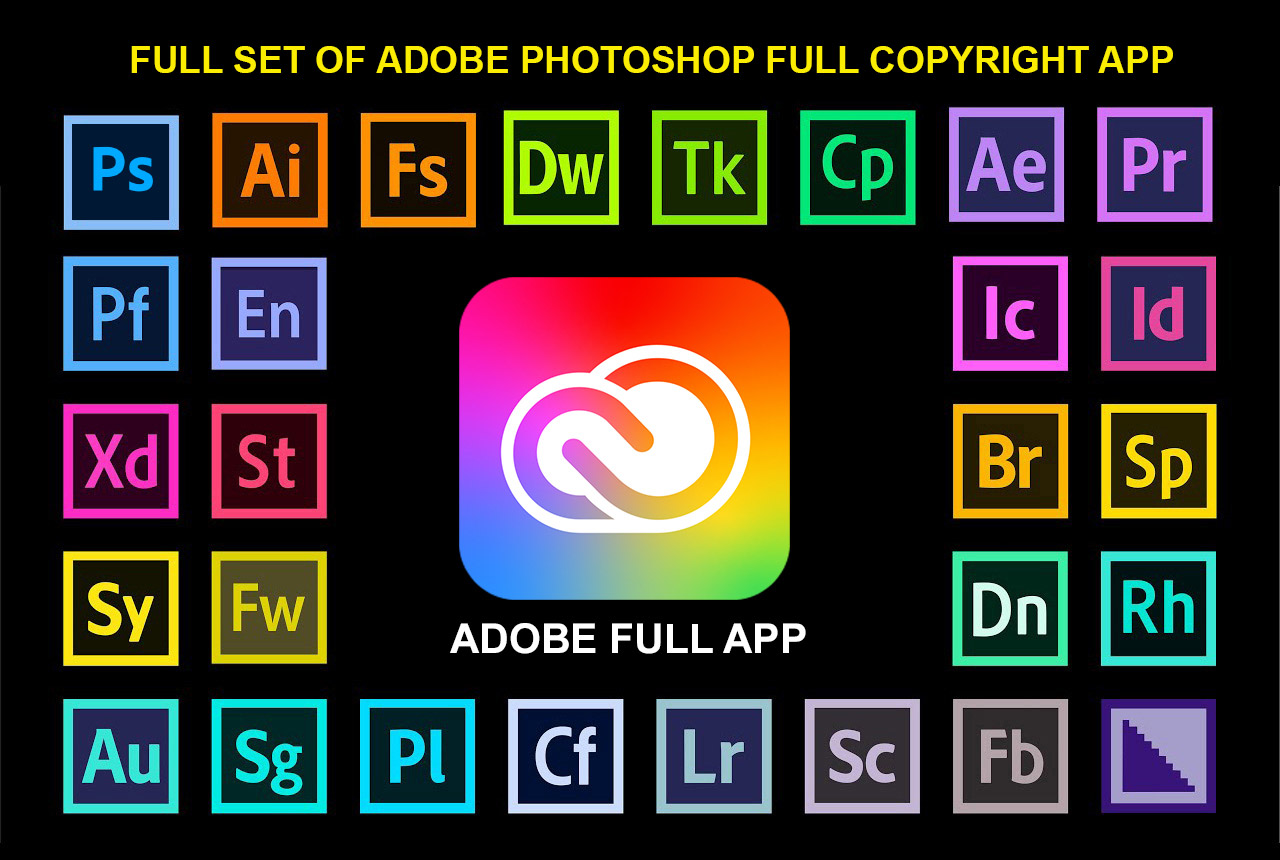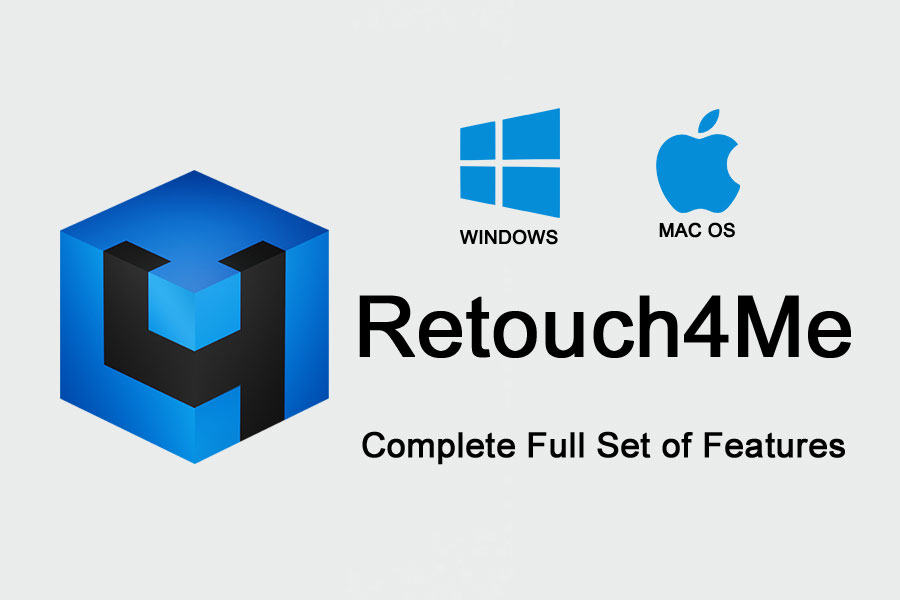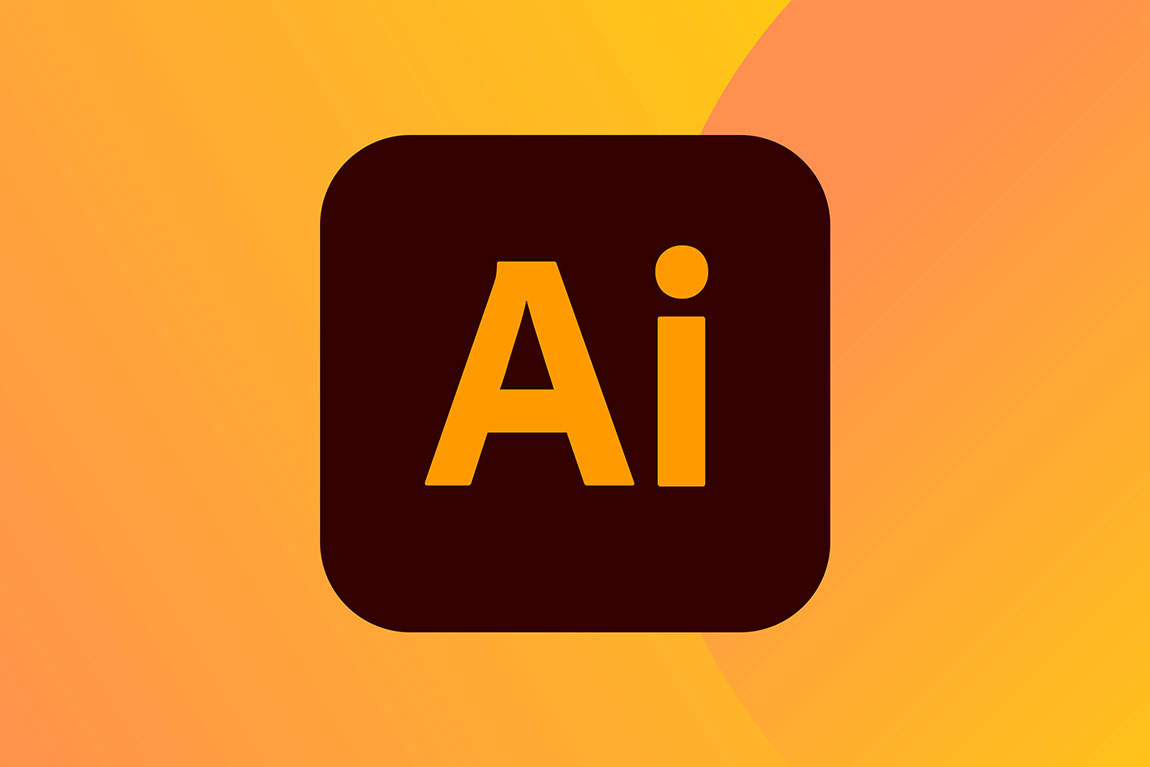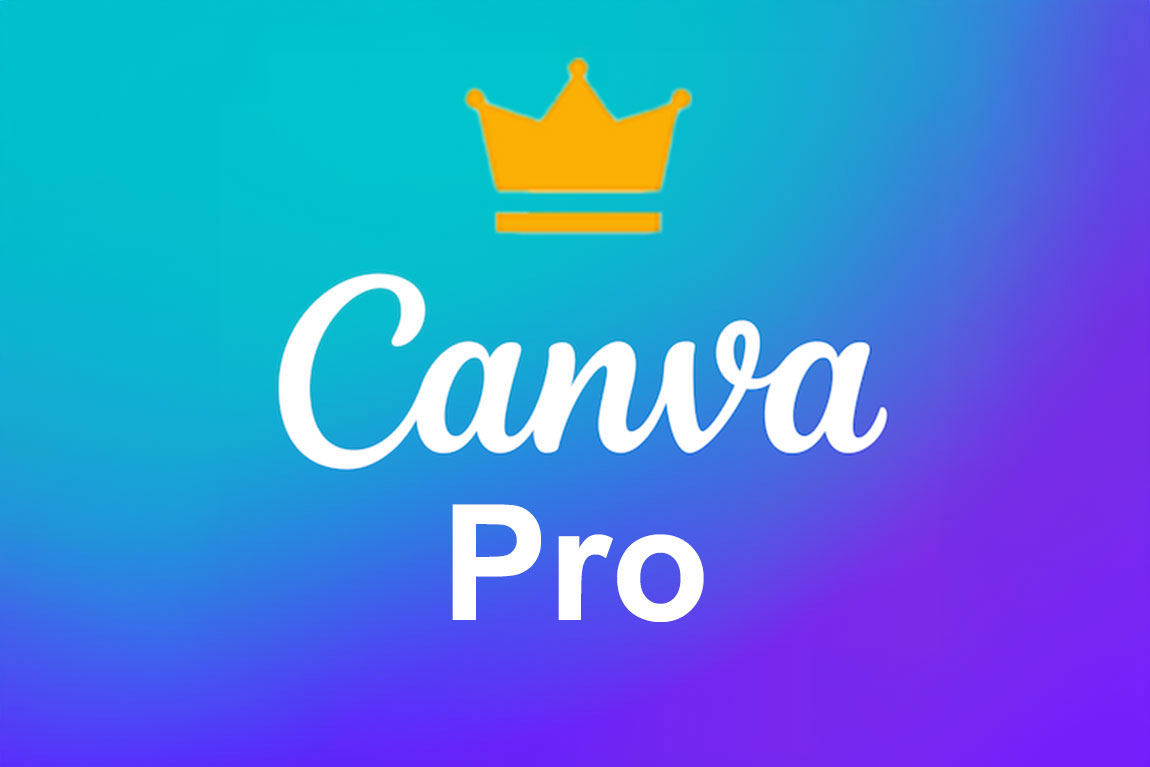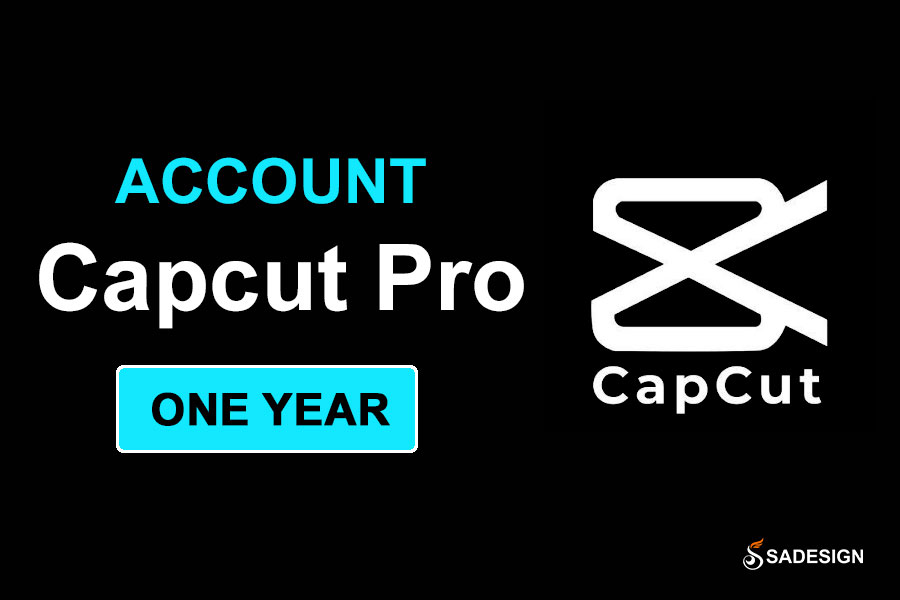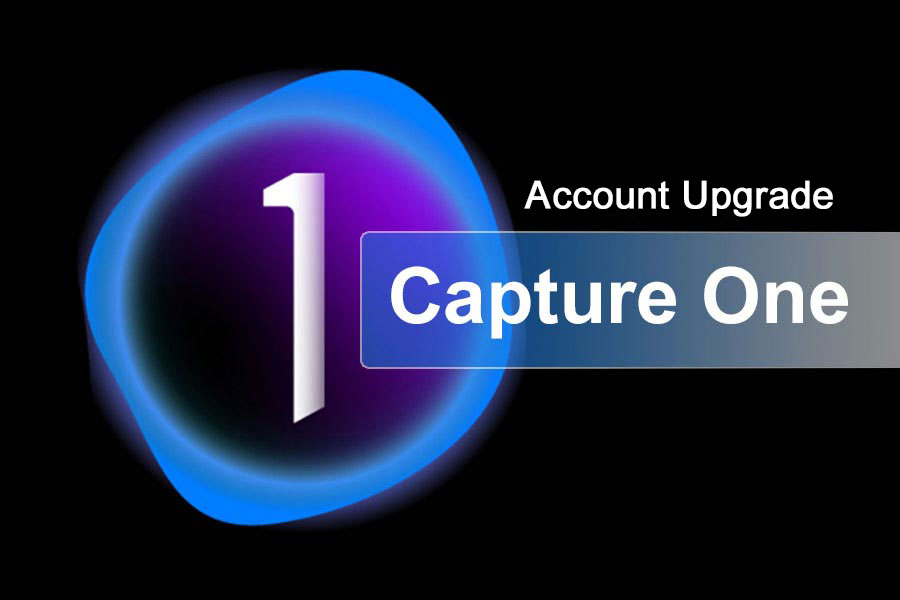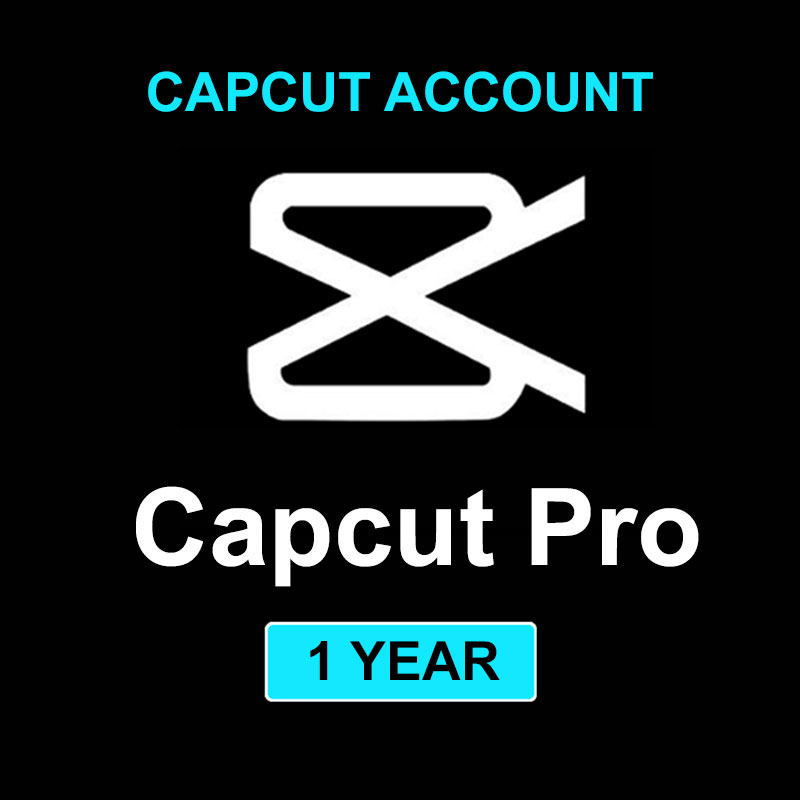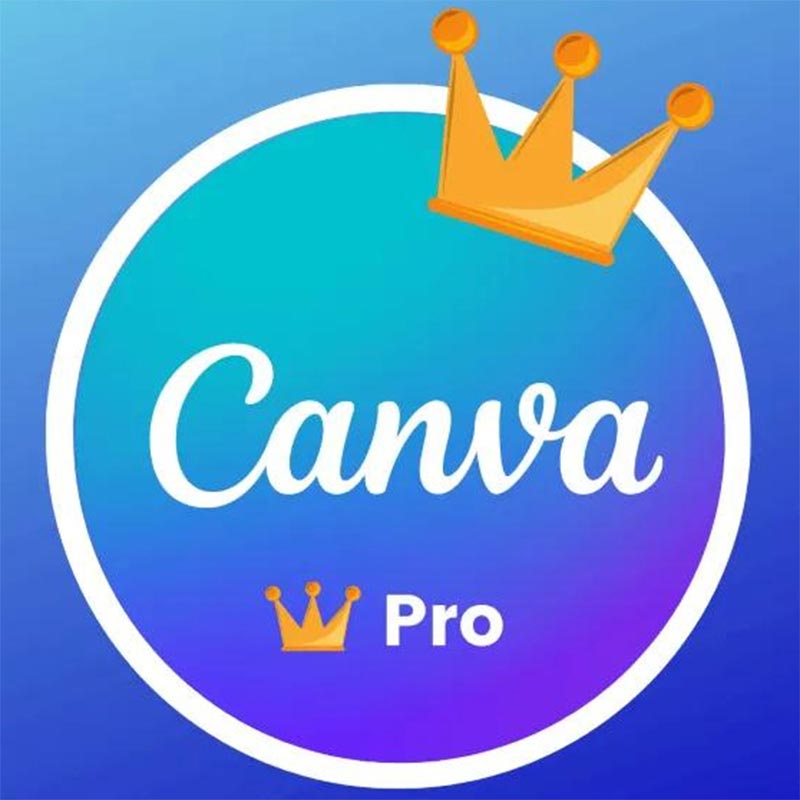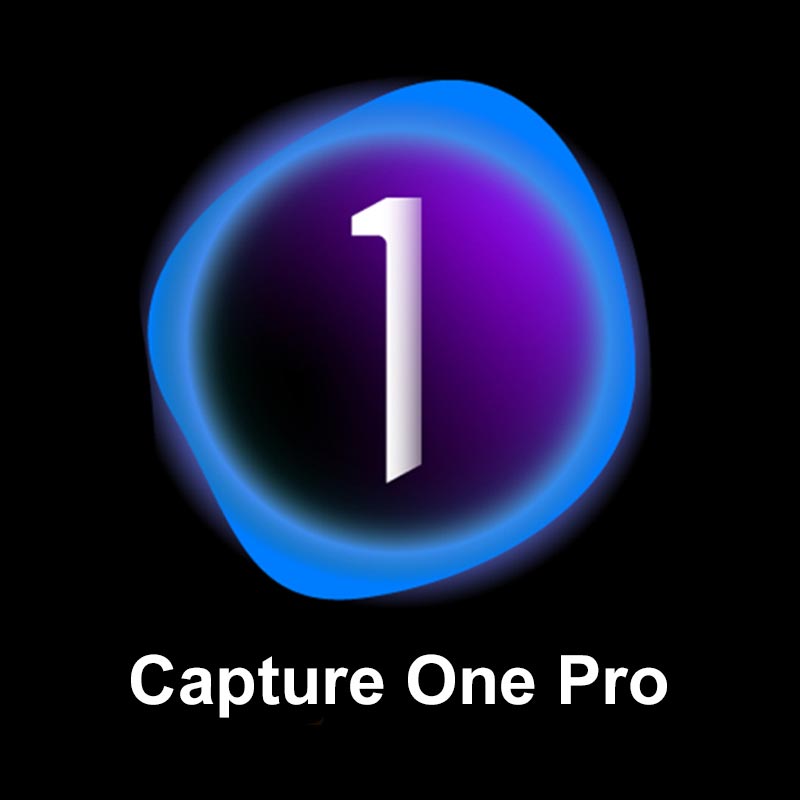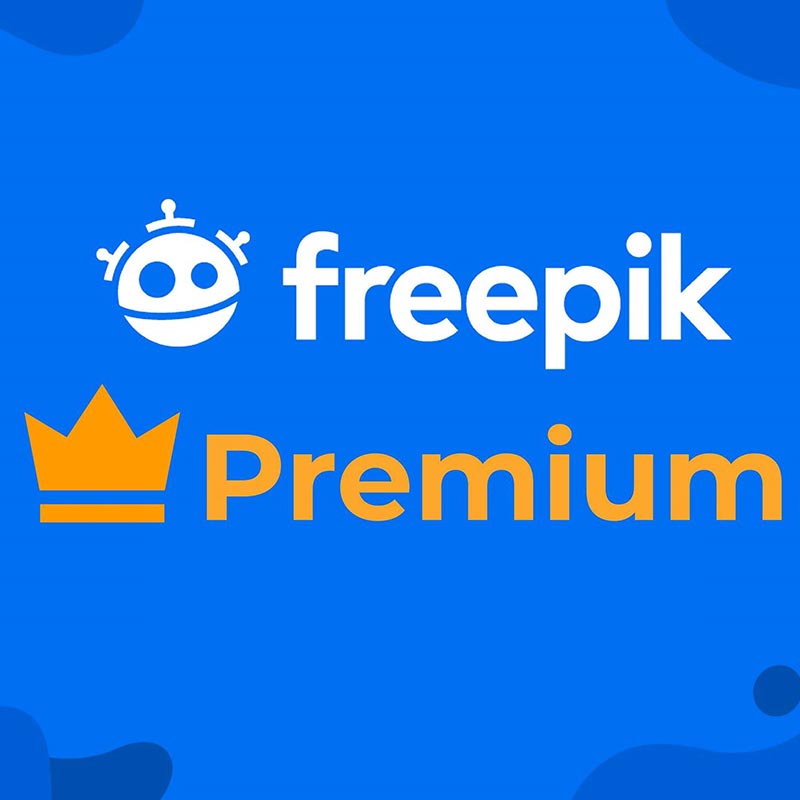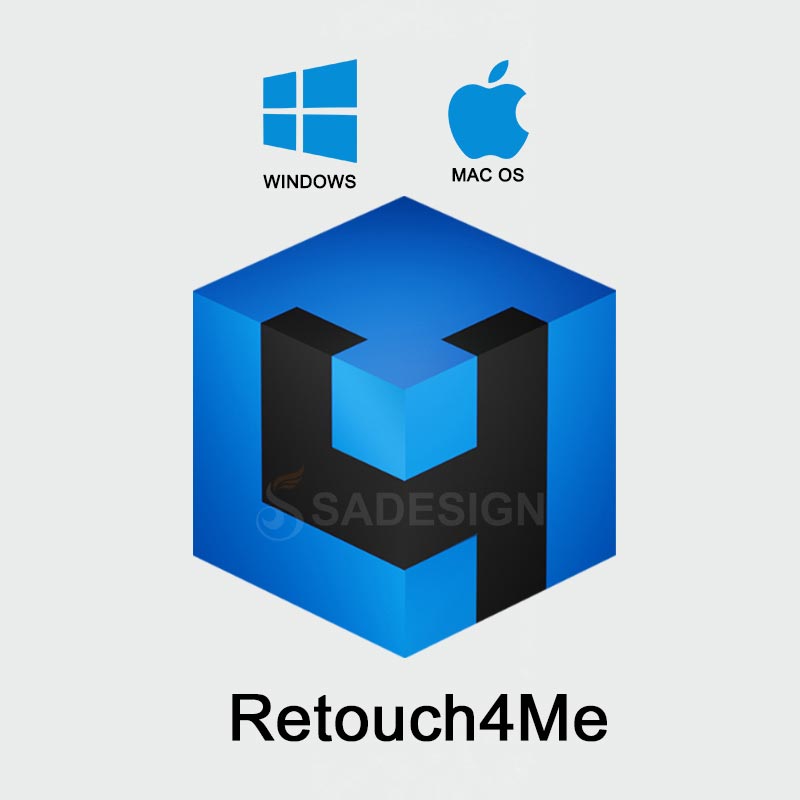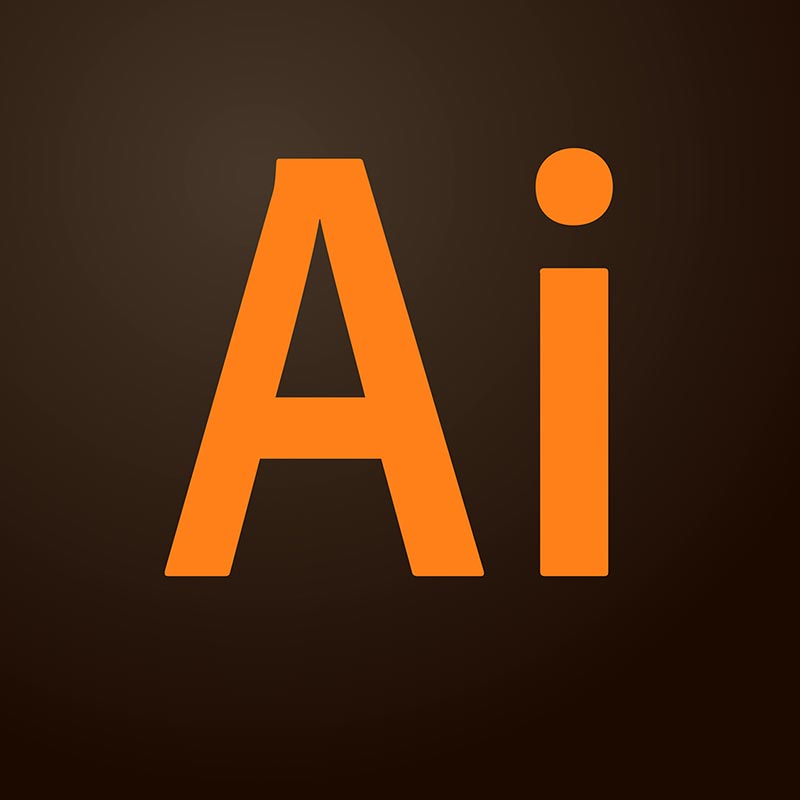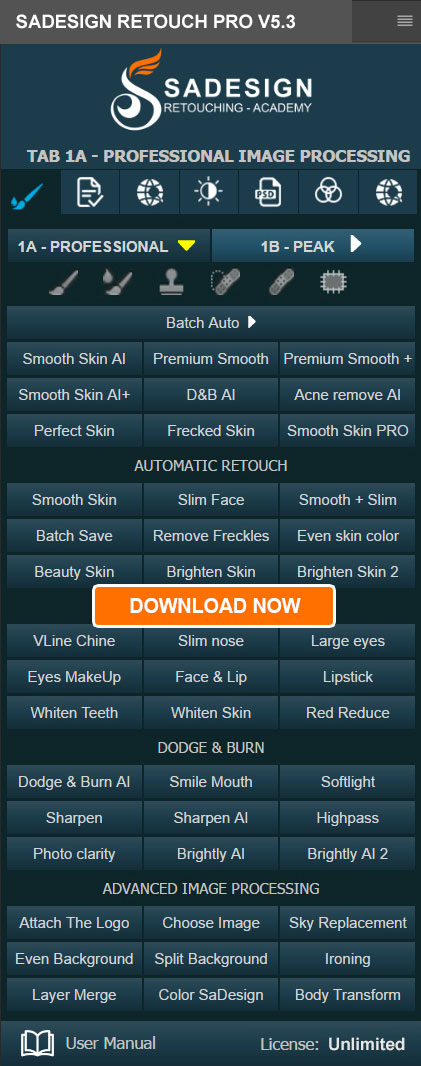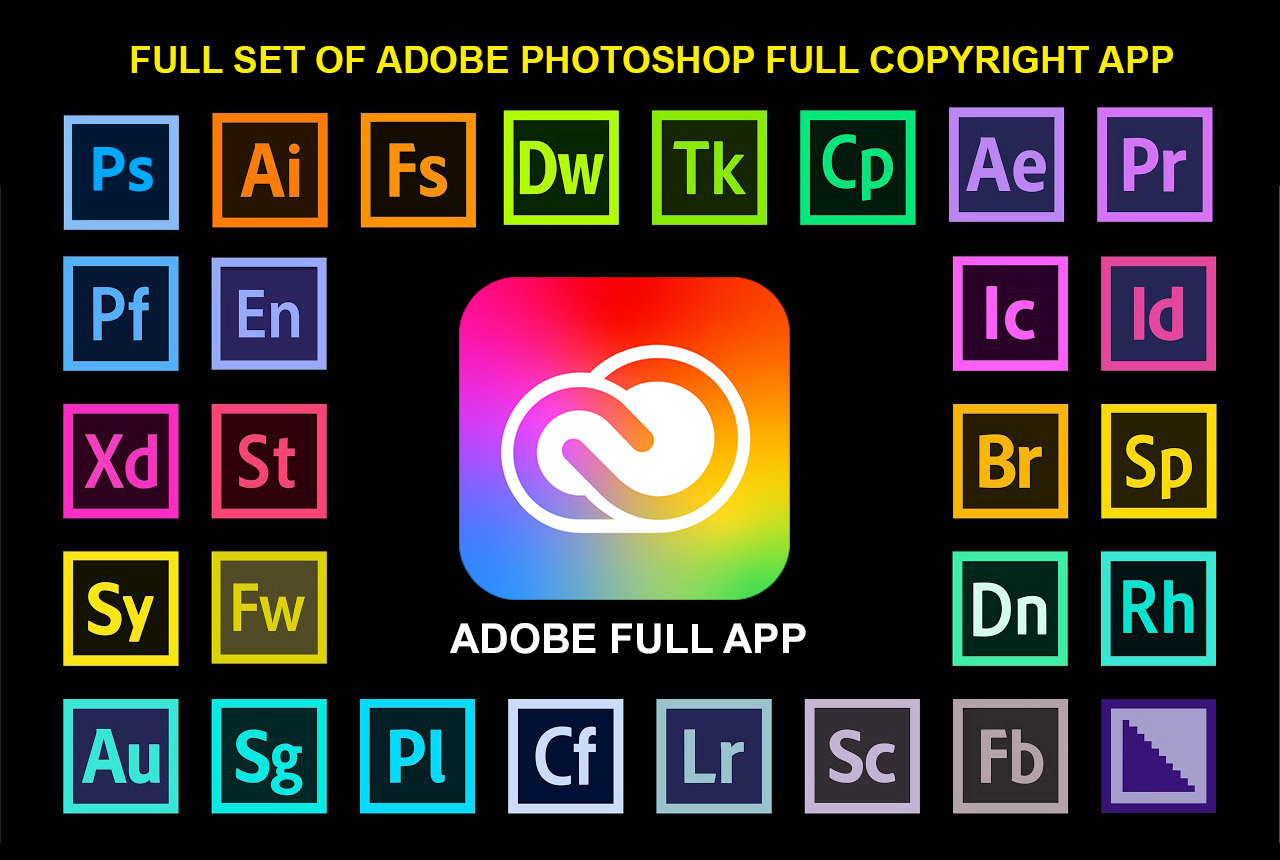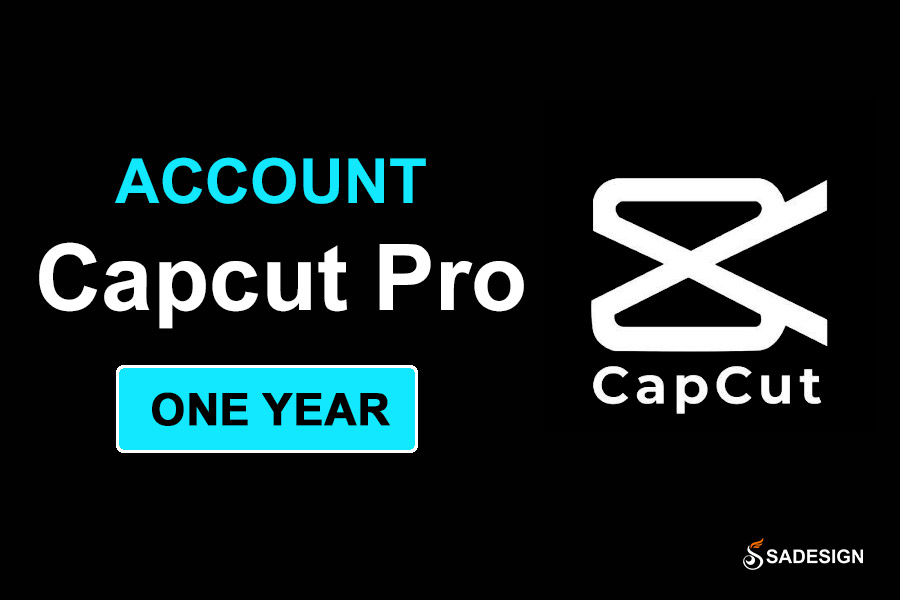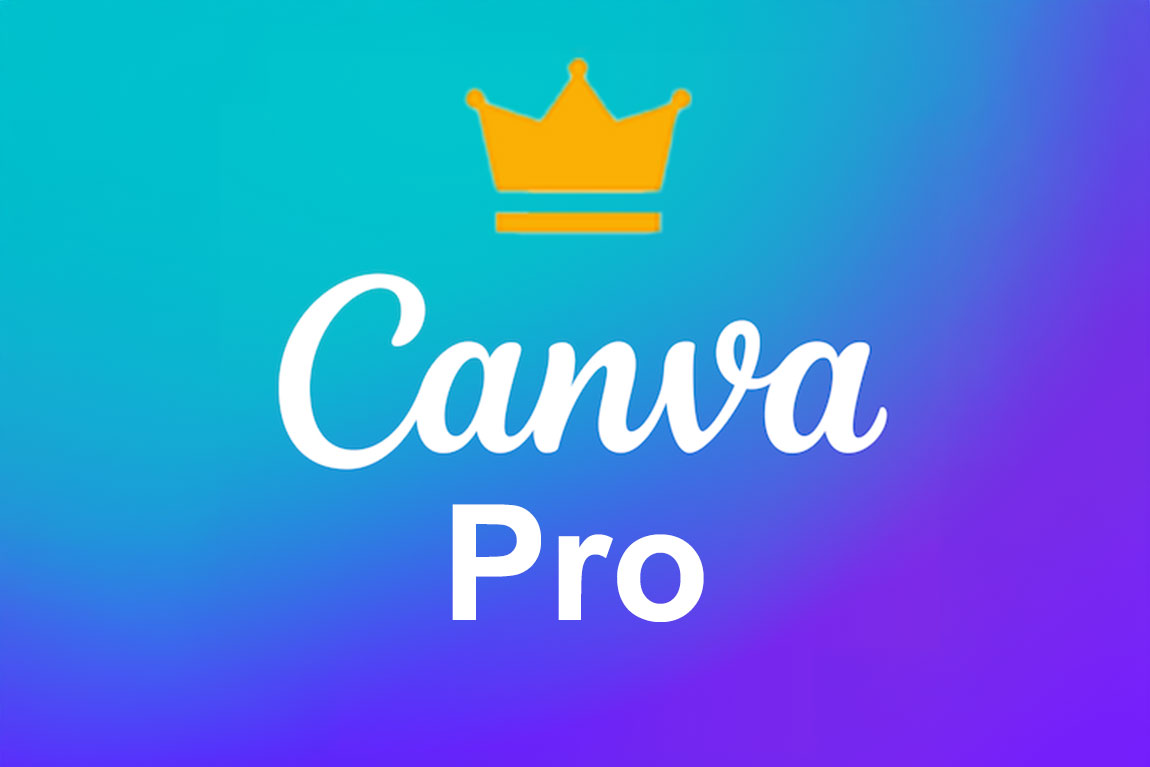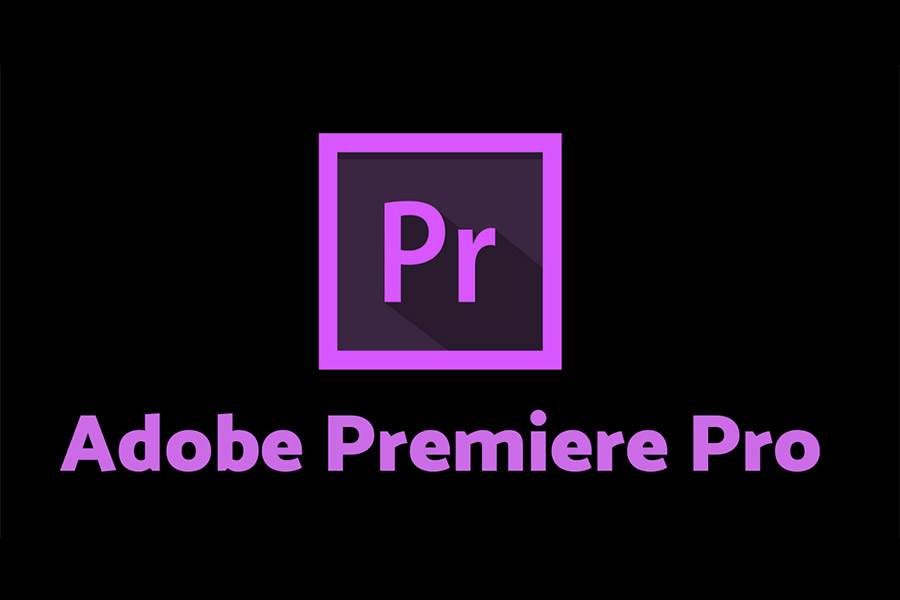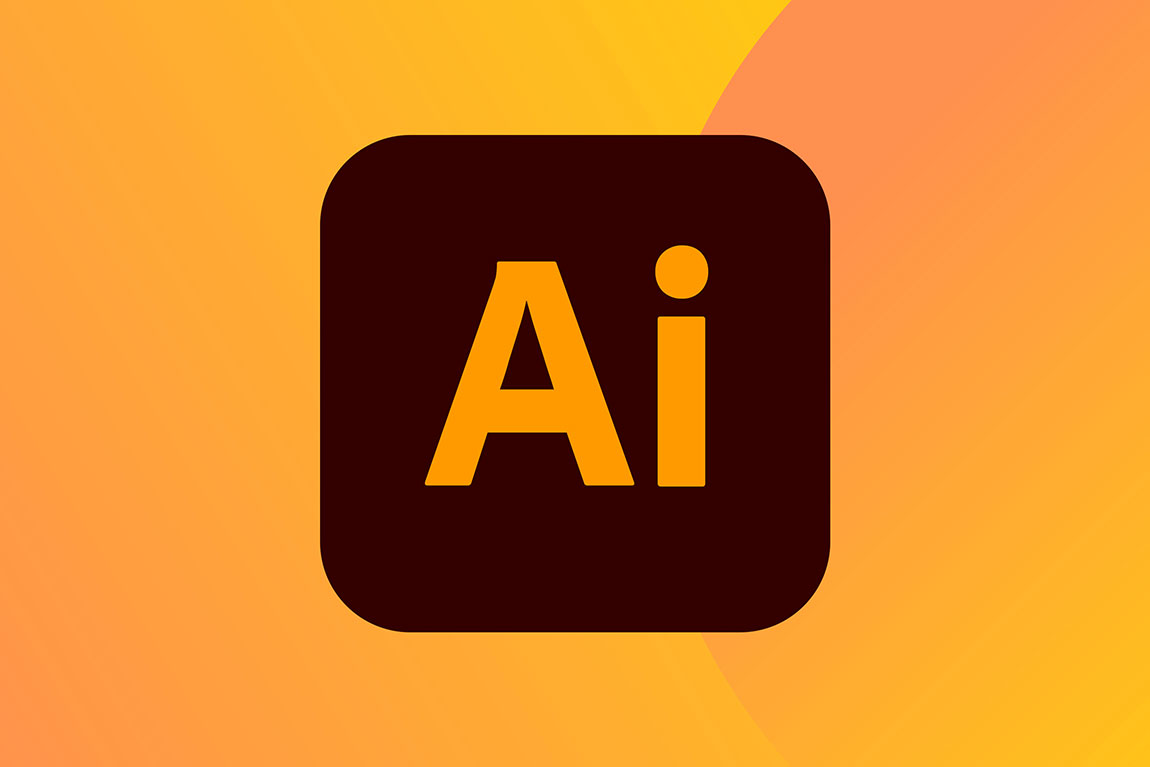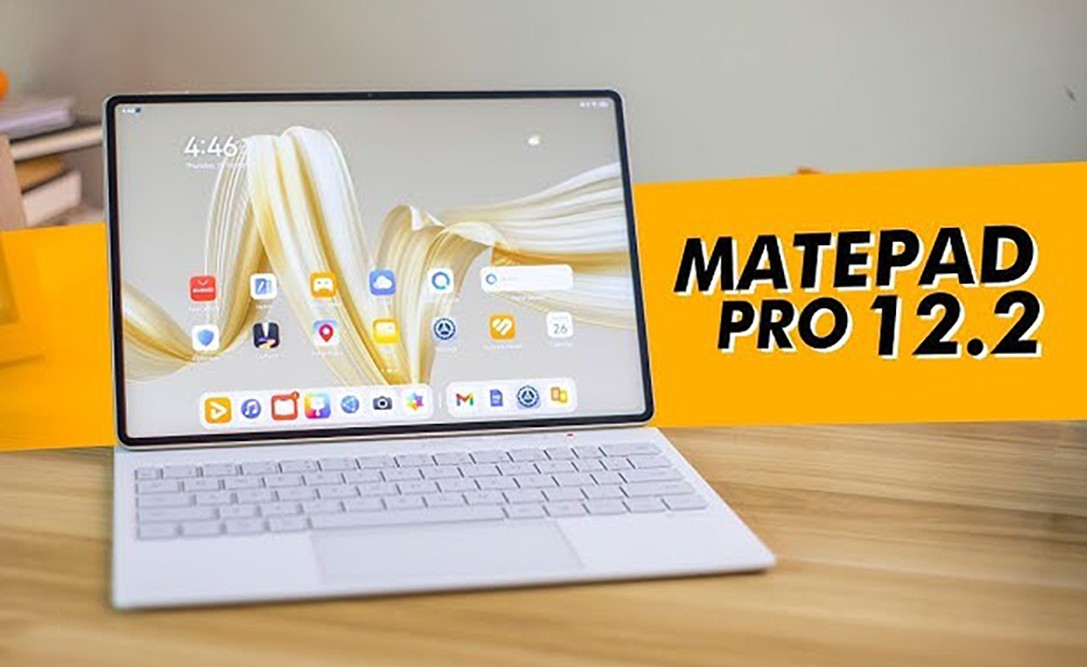Best Selling Products
Short videos and the distraction spiral and the price of convenience
Nội dung
With just a smartphone and an Internet connection, one can immerse themselves in countless short videos for hours without even realizing the time passing.
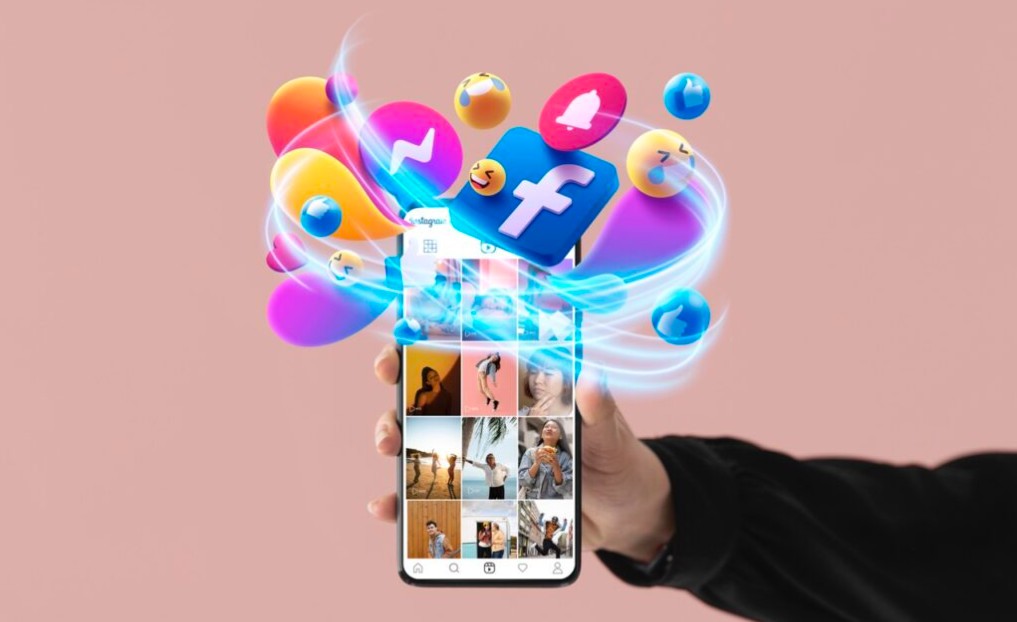
In the digital age, scrolling through social media to watch short videos has become a familiar part of daily life. From TikTok to Instagram Reels, YouTube Shorts to Facebook Watch, short-form content is clearly dominating. Interestingly, almost everyone admits that watching too many short videos is not good for them, but the majority of people can't stop.
In fact, this has become a “problem of the times”, especially for young people. With just a smartphone and an Internet connection, people can immerse themselves in countless short videos for hours without realizing the time has passed. From just intending to “watch for a few minutes for fun”, many people have fallen into the situation of “watching until they forget the time”, even lasting until late at night.
So why are short videos so attractive? How has the role of artificial intelligence (AI) in content production and recommendation affected? Does the error come from the platform or from user habits? And more importantly, what consequences can happen when we do not know how to control the consumption of this type of content? The following article will analyze the problem in more depth, helping you have a comprehensive view and find the answer to the question: Why can't we stop knowing it's harmful?
1. AI videos are everywhere, so convenient, so engaging…
It is not difficult to see a young person sitting in a coffee shop, an office worker taking a lunch break at work, or a passenger on the bus, all focused on their phone screens, swiping gently to watch one video after another. The initial intention may have been just a few minutes of entertainment, but the result is hours passed.
Ngoc Mai, 21, a student in Ho Chi Minh City, shared honestly: “I just need to open the video section of Facebook, scroll for a few dozen seconds and then see an AI video. Regardless of whether I am interested or actively looking for it or not.” This statement accurately reflects the increasingly sophisticated content recommendation mechanism of the platforms, which is designed to keep users on the platform for as long as possible.
.png)
Khanh Nhung, also 21 years old and a student in Ho Chi Minh City, said: “I usually see it on TikTok because I use that app more. Besides, there are also Facebook and Instagram. I see it quite often. I scroll through about 1-2 videos and see an AI video once.”
What’s notable is that AI is used not only in the recommendation stage but also in the video production process itself. Today, anyone can create dozens, even hundreds of short videos in a short time thanks to AI tools for image generation, voiceover, and editing. This has led to platforms being flooded with videos, from useful information, entertainment, to innocuous clips.
The so-called “too convenient” and “too engaging” stems from two factors. First, the action of swiping down the screen is so simple that it is unconscious, making it difficult for viewers to stop halfway. Second, the content is distributed continuously, interspersed with humorous, surprising, even absurd elements but extremely stimulating curiosity. A 15-30 second video may not bring great value, but this brevity makes viewers ready to watch the next one, and then the next one, and so an hour passes.
In the age of technology, short videos can be considered the "candy" of the entertainment industry: easy to consume, fast, colorful but easily addictive if abused.
2. Questions about quality and value begin to arise
The explosion of AI-generated video raises a host of questions about quality, value, and responsibility in the production and consumption of content.
The most noticeable thing about many AI videos is that the image quality or voice quality is not up to the level of naturalness. Observant viewers can immediately recognize the stiff facial expressions, lack of smooth movements, or monotone, emotionless voices. However, surprisingly, these videos still attract millions of views. The reason lies in the way AI combines shocking titles, unexpected plots, or imaginary situations that are difficult for humans to perform.
.png)
Mr. Ha Duc Thien, 37 years old in Ho Chi Minh City, commented: “It’s actually easy. The voice is different, you can tell it’s AI. But everyone who makes a video has a purpose. AI videos using such voices obviously don’t require too much human resources to produce and there’s only one script. People give the main content and AI does it itself. By doing so, people won’t have to be held responsible before the law.”
This raises a big question: is the convenience of AI making content generic and worthless? And is it the user’s easygoing nature to accept even sketchy content as long as it’s entertaining that’s fueling this trend?
The question of value also touches on another aspect: do these short videos provide anything lasting or just instant entertainment? With so many videos being created every day, viewers are easily sucked into an endless stream without having time to filter them. And while people continue to debate quality, platforms continue to make huge profits from views, advertising, and user data.
3. Is it the platform or the viewer's fault?
The question of “who is more to blame” always arises when a tech habit is deemed harmful. Platforms like TikTok, Facebook, and YouTube clearly aim to keep users engaged for as long as possible, because more time means more data and more ads. As a result, their algorithms are designed to continuously suggest content that is likely to keep viewers glued to their screens.
.png)
However, users themselves also play a significant role. The habit of swiping up to continue reading has become an almost unconscious reflex, causing many people to not realize that they have consumed too much short content. There are even cases of "addiction" to the point of opening the application as soon as they wake up or before going to bed, leading to chronic insomnia.
Psychological studies show that short videos have the same effect on the brain as a “mini-reward.” Every time you watch an interesting video, your brain releases dopamine: a neurotransmitter that creates feelings of pleasure and satisfaction. But because the reward is so small and short-lived, your brain is forced to continue looking for the next video, and this loop makes it difficult for users to stop.
According to Dr. Stephen Scott, a child psychologist at Maudsley Hospital (UK), overuse of short videos can affect the ability to concentrate, increase impulsive behavior and cause sleep disorders in children and adolescents. These effects are not only present but also have long-term effects on cognitive development.
Meanwhile, Business Insider quoted Steve Chen, co-founder of YouTube, also expressing concern: children today are only interested in short videos and have little patience to watch long content. He said that platforms need to proactively limit usage time for young people, otherwise the next generation will gradually lose the ability to concentrate and learn in-depth information.
The problem is therefore not just the platform or the user, but the inevitable consequence of the combination of both. The platform facilitates, the user easily consumes, and finally society has to face serious consequences in terms of perception and behavior.
.png)
The world of short videos with TikTok, Reels or YouTube Shorts brings unprecedented convenience, speed and appeal. However, this convenience is like a double-edged sword: on the one hand it helps us entertain instantly, on the other hand it gradually erodes our ability to concentrate, takes up time and sometimes makes us forget the deeper, more sustainable values of content.
The “knowing but not being able to stop” is not only a personal issue, but also heavily influenced by the content recommendation mechanism of the platforms. They are designed to keep users on for as long as possible, making it easy to fall into a repetitive cycle: watch – swipe – watch again. With AI increasingly involved in video production, this attraction is multiplied many times over.
The problem is, we need to be more mindful when consuming this type of content. Not all short videos are bad, but if they dominate all of our free time, we will gradually lose our balance and ability to maintain long-term focus, an essential skill for learning, work, and personal development.
The answer lies not in “absolute prohibition,” but in adjusting habits. Set time limits, prioritize valuable content, and most importantly, retrain your ability to focus on experiences that require patience. Because in the digital age, the ability to focus is a valuable competitive advantage, helping us become not only smart consumers of information, but also individuals who know how to master technology instead of being swept away by it.



